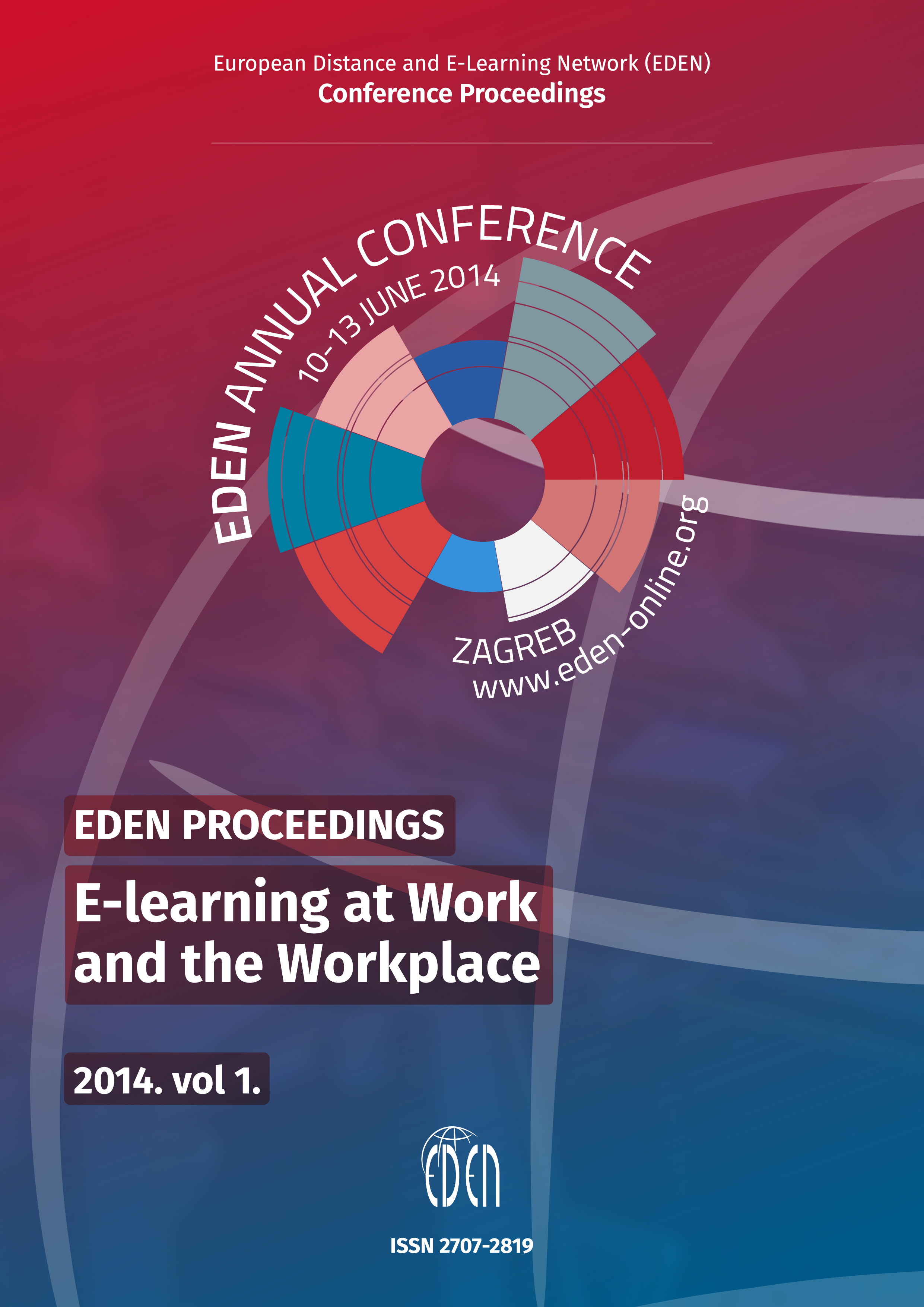Online or Blended – Comparing Online and Blended Courses
Online or Blended – Comparing Online and Blended Courses
Author(s): Miki Kritz, Einat Rozner, Miri Shonfeld, Jacob GujskiSubject(s): Social Sciences, Education, Higher Education
Published by: European Distance and E-Learning Network
Keywords: Distance and e-learning methodology; E-learning policies and strategies; E-skills; e-competences; Learning effectiveness; improvement of learning experience; Online learning environments and platforms
Summary/Abstract: As broadband internet access and LMS technology are rapidly expanding, and ICT is becoming a part of the teacher education curriculum, online learning is growing in all parts of the world in order to open education to everyone. Online collaborative work can bring specialists to every class, connect between students in different countries and from different cultures and adapt learning to the flat world. This research compares blended and online models of teaching in two versions of the same course at a teacher college in Israel. Each learning activity in class in the blended model has become an online activity in the online course. What is the contribution of an online course to students as compared with the contribution of a blended version of the same course? An achievement test, questionnaires, course products, interviews and statistic tools assisted to measure, investigate and estimate the contribution of each model to the development of students’ skills, and the advantages and disadvantages of each model. Results indicated that an online course, which uses state-of-the-art ICT and major pedagogical considerations in organizing its online learning activities, has the potential to create meaningful learning.
Journal: European Distance and E-Learning Network (EDEN) Conference Proceedings
- Issue Year: 2014
- Issue No: 1
- Page Range: 261-269
- Page Count: 9
- Language: English

